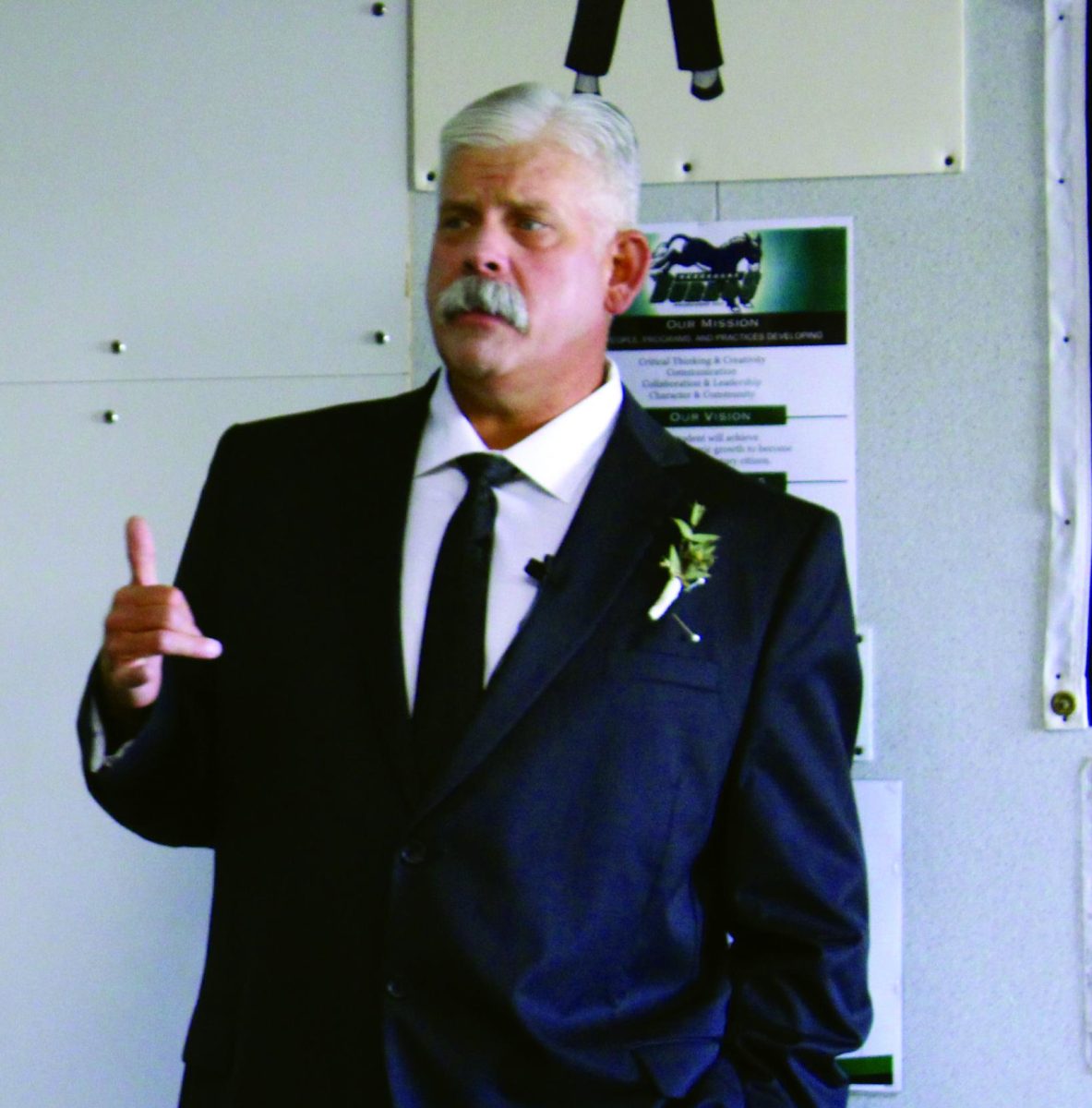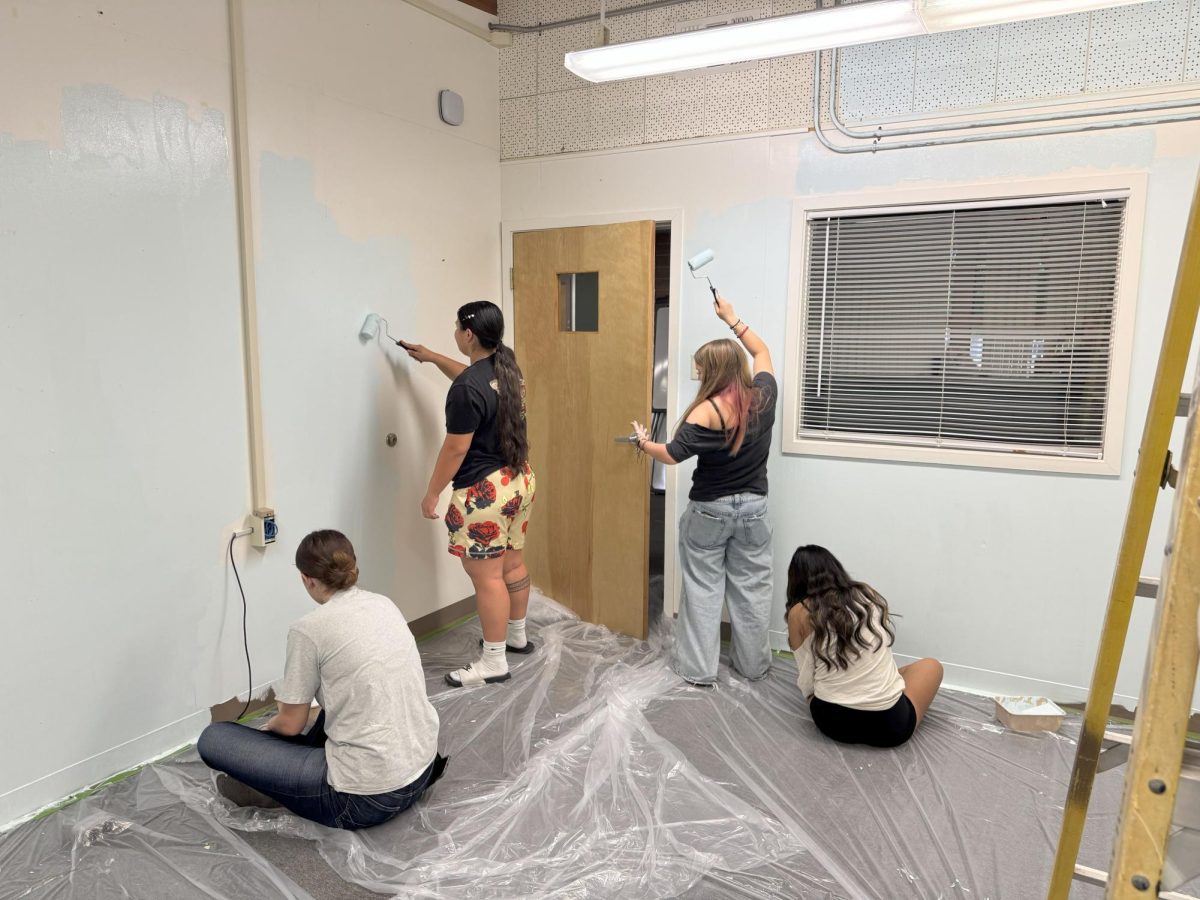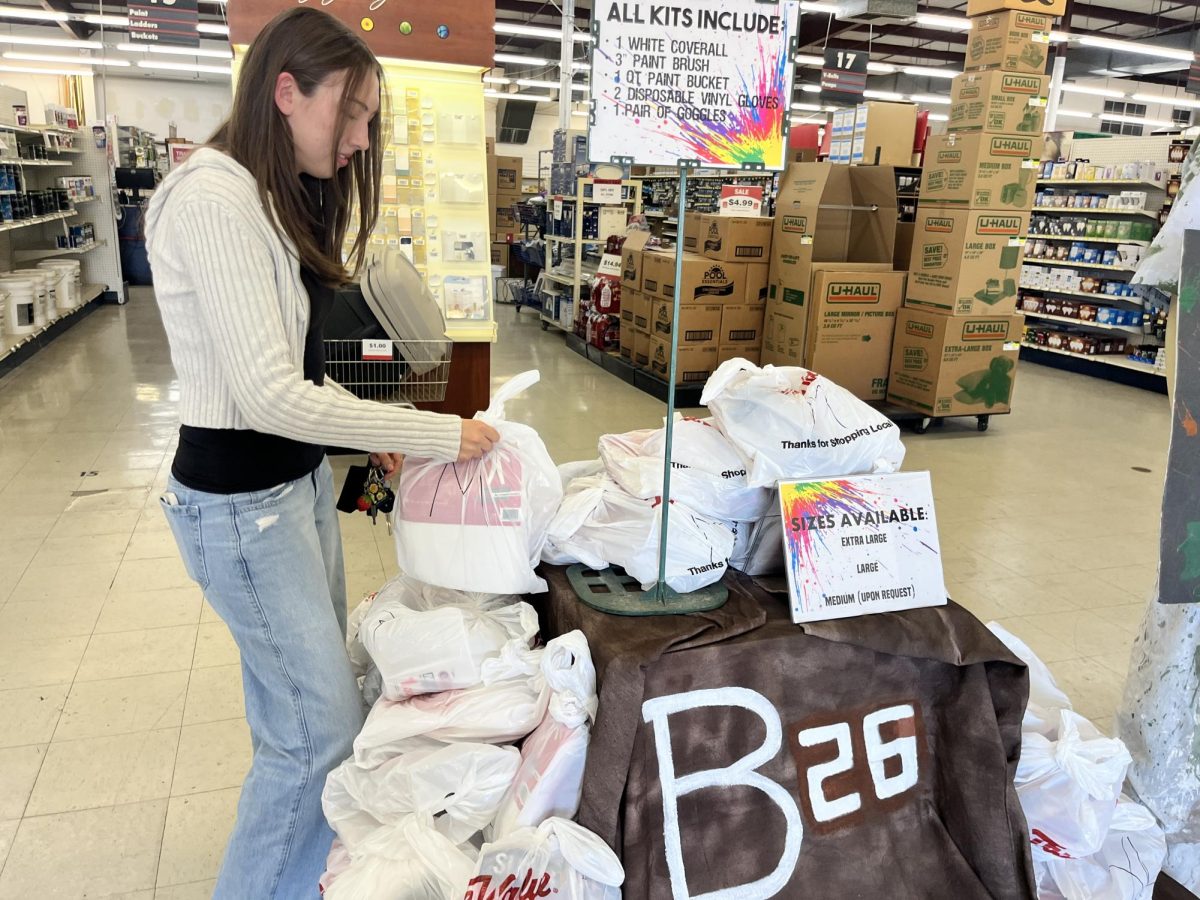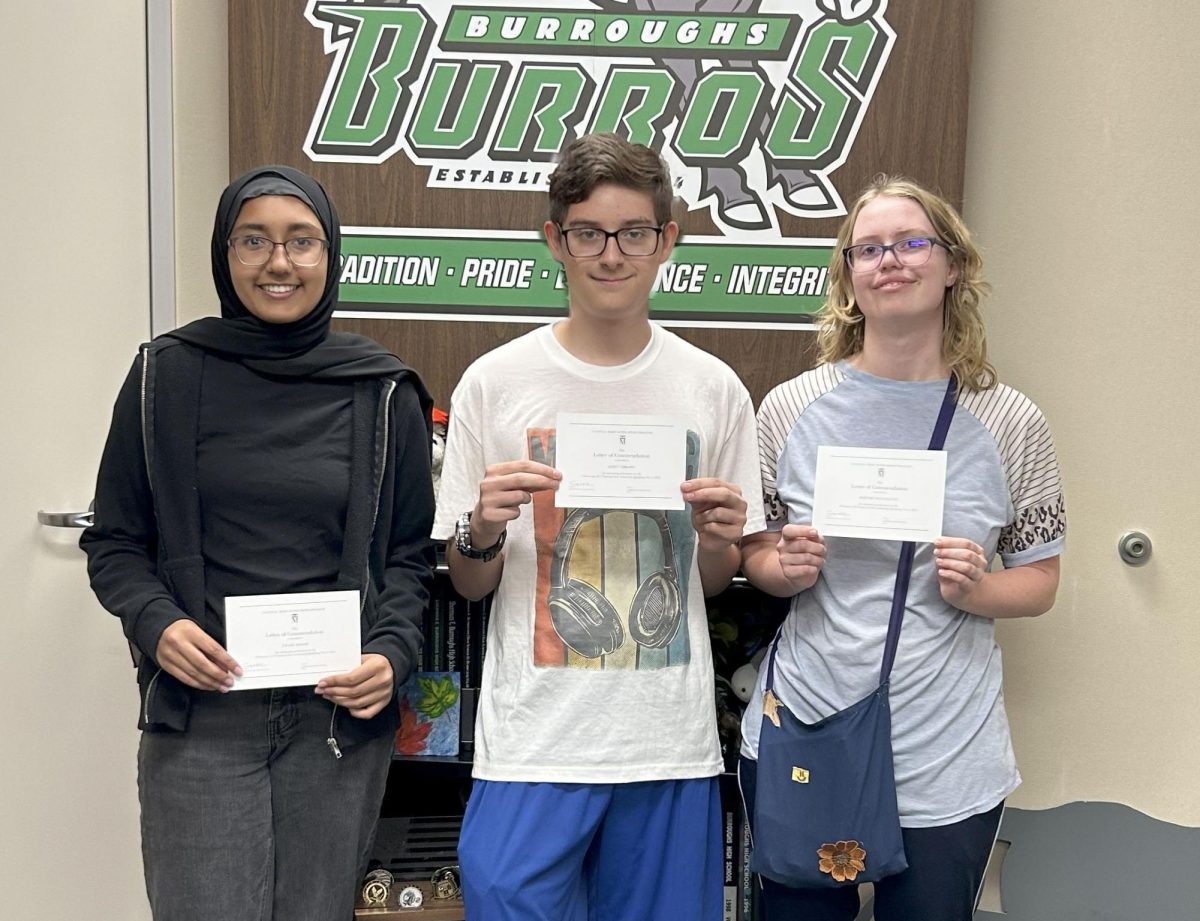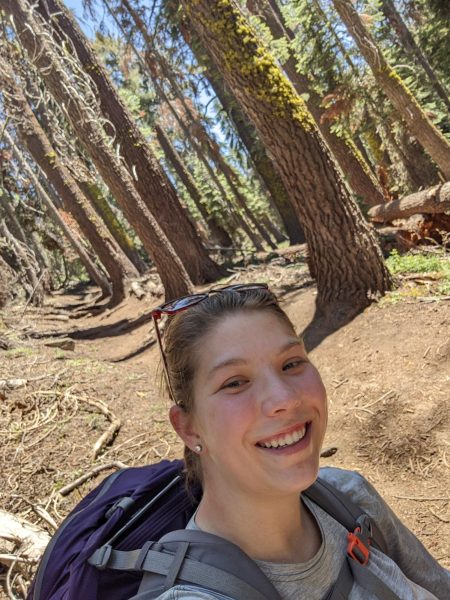Before they went back to their classrooms this year, Burroughs teachers joined other Sierra Sands personnel in a few lessons of their own.
On Aug. 3-4, staff received professional development in Capturing Kids’ Hearts, an initiative that aims to equip K-12 teachers with processes and tools that promote schoolwide social-emotional well-being, a relationship-driven campus culture, and student connection.
Based on faculty feedback during and after the training, the program was well-received.
The program helps schools achieve their goals through a common vocabulary and system that includes social contracts, behavioral hand cues, and positive interactions at the beginning and end of each class — even something as simple as greeting students in the hallways or inviting them to share “one good thing” during the first couple minutes of class.
Many educators have noted the challenges of the post-Covid classroom and have been eager to identify ways to re-engage students and support their mental health. The CKH training seemed ideal for addressing those concerns.
“[I was] hopeful that staff would be able to learn something valuable for the whole school, not just our individual classrooms,” said art and English vv teacher Tristan Kratz.
Capturing Kids’ Hearts allows students and teachers to collaborate to create a comfortable, positive environment for the entire class.
In the first few weeks of school, participating teachers guided students in developing a set of class expectations and a variety of hand signals to “check in.”
History Teacher Doug Hayes is one of the campus’ greatest proponents of the new program. He described the social contract and hand cues that are at the heart of the program, from his “Be Kind” class rule to the gestures themselves.
First is the classic ‘time out’ symbol. “[It] lets everyone know it is time to unplug from the digital world and round up on me,” explained Hayes.
Next is a “check it” gesture that allows the class to remind each other to stay true to the social contract.
“Third, there is the foul symbol of tapping our chest as if to say, ‘My Bad.’”
Hayes is so enthusiastic about the initiative that he even added a “hang loose” signal to the mix, allowing students to indicate that they understand what is being taught.
“I use [hang loose] probably the most and I have seen students use that the most back,” said Hayes. “It is a big part of establishing a common vocabulary. If we are going to conversate, we must be on the same page.”
Junior Julia Hechanova had a positive review of Mr. Hayes’s implementations in their classroom, and seemed to think they helped a lot with the sociability in the classroom.
“Last year students only interacted with their friends, but when everyone is forced to do nice things it helps students interact with others a lot more,” said Hechanova. “Mr. Hayes uses the hand signs, which that in itself helps us stay focused [and] makes the environment more open.”
The staff participating in the Capturing Kids’ Hearts initiative look forward to seeing the impact of the program.
“[I hope that] our classrooms and school sites become kinder, more respectful, and productive places for real growth and learning,” said Kratz.
